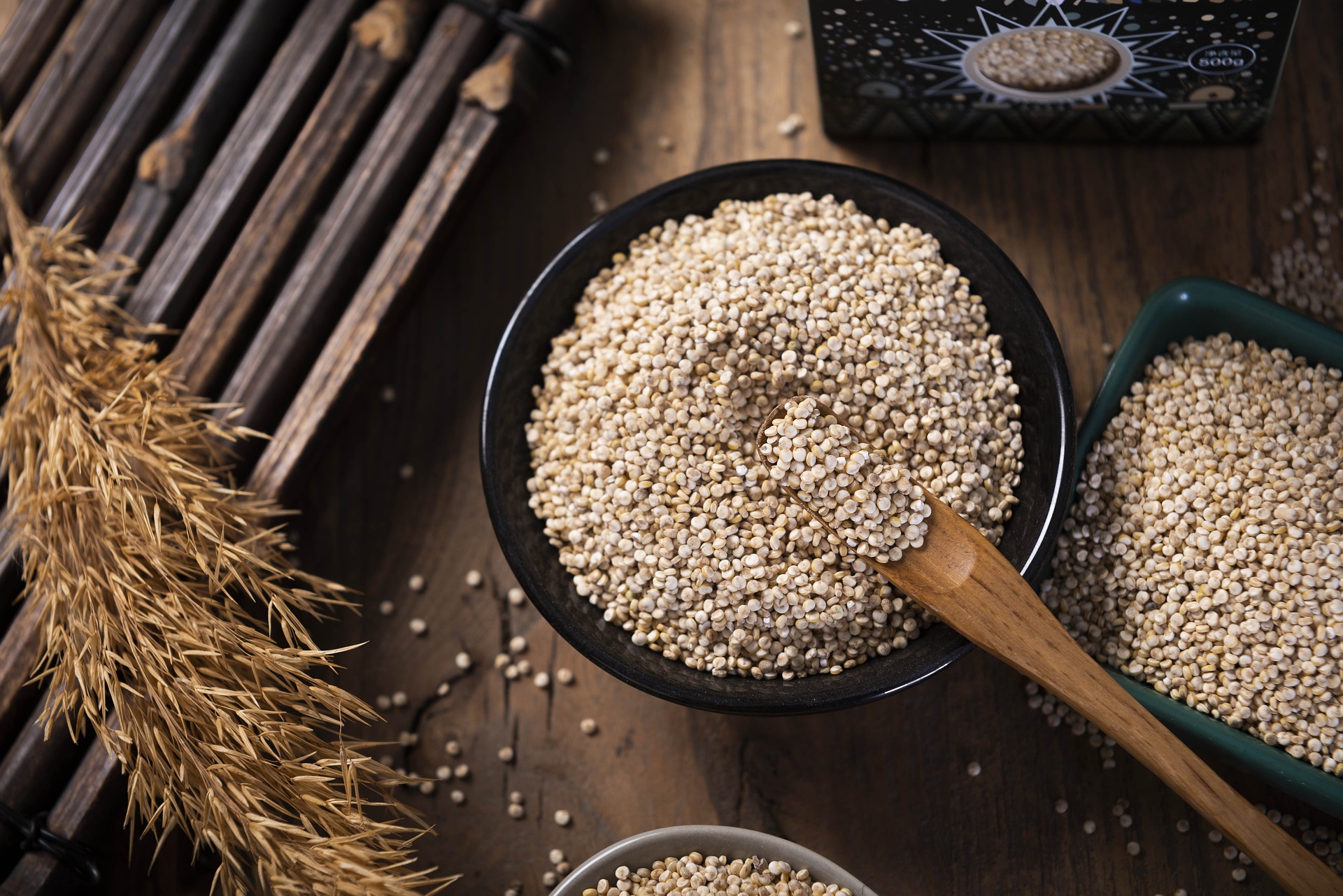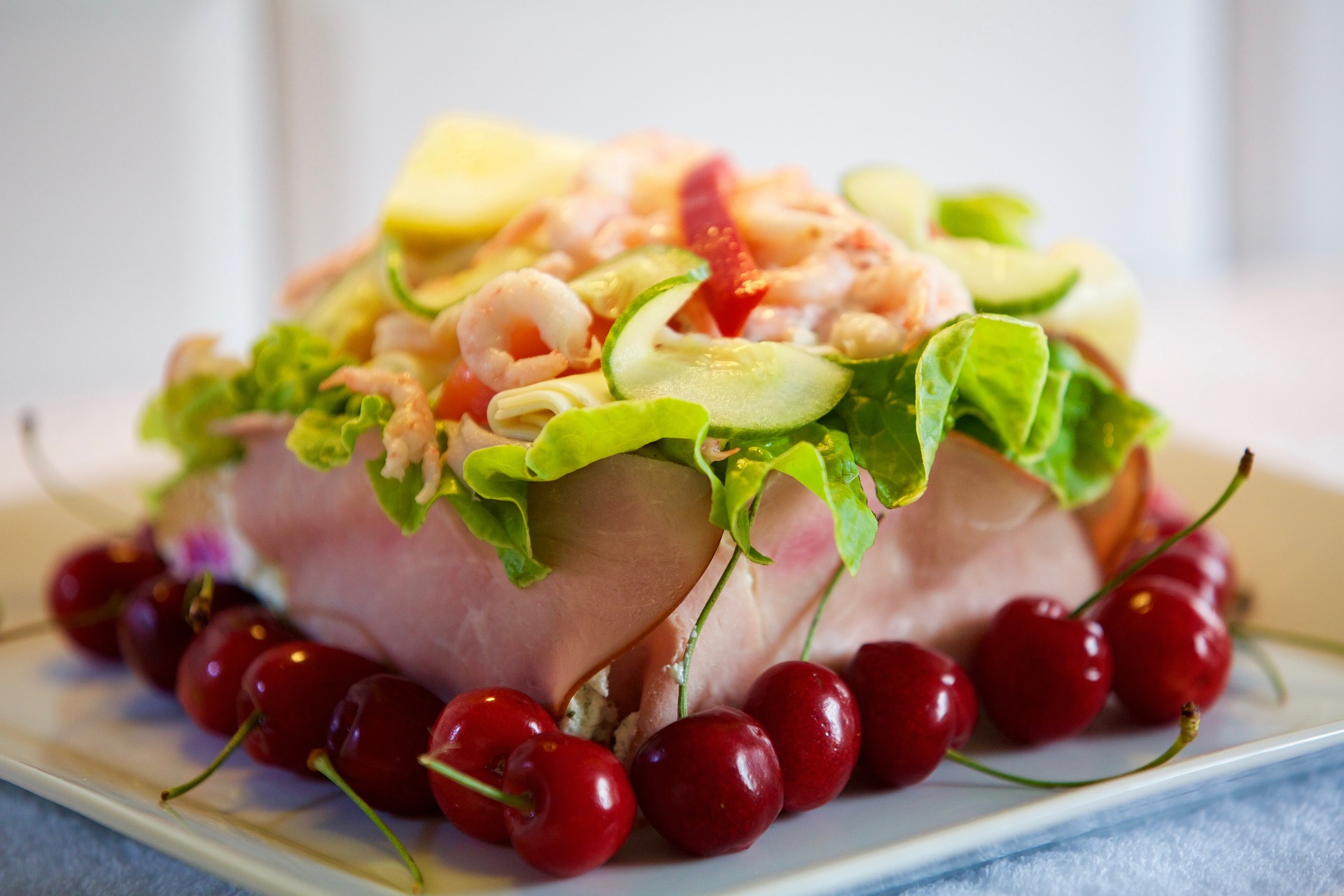A Dive into the World of Heritage Grains: Their Impact on Health and Taste
As we collectively make strides towards healthier and more sustainable eating, ancient grains, also known as heritage grains, are making a significant comeback. They offer a flavorful alternative to modern-day wheat and other grains while providing substantial health benefits. Read below to discover the captivating world of heritage grains and their impact on our health and palate.

Understanding Heritage Grains
Heritage grains are traditional grain varieties that have been passed down through generations without being genetically modified. They include grains like spelt, emmer, einkorn, and kamut. These grains are not only packed with nutrients but also have a unique, rich flavor that is often missing in their modern counterparts. They are typically grown organically and are often found in farmers’ markets, health food stores, or available for purchase online.
Health Benefits of Heritage Grains
Heritage grains offer numerous health benefits. They are rich in fiber, protein, and essential vitamins and minerals. Unlike modern wheat, which has been bred for high gluten content, heritage grains often have a lower gluten content, making them a suitable choice for those with gluten sensitivities. Additionally, the high fiber content in these grains aids in digestion, and their low glycemic index helps manage blood sugar levels, making them an excellent choice for those with diabetes.
The Flavors and Culinary Uses
Heritage grains bring a depth of flavor and texture that modern grains can’t match. For instance, spelt has a slightly sweet and nutty flavor, while kamut is rich and buttery. These grains can be used in a variety of dishes, including bread, pasta, salads, and even desserts. They can also be used as a healthier replacement for modern grains in traditional recipes.
The Sustainability Aspect
Heritage grains are not only good for our health but also for the environment. They are often grown organically, which means they don’t require synthetic fertilizers or pesticides. Moreover, they are hardier than modern grains, making them more resistant to disease and pests, and can be grown with less water, which is beneficial in areas with water scarcity.
Getting Started with Heritage Grains
Incorporating heritage grains into your diet is easier than you might think. You can start by replacing modern wheat flour with a heritage grain flour in your baking recipes, or try adding cooked heritage grains to your salads or stir-fries. Remember, each grain has its unique flavor and texture, so don’t be afraid to experiment and find your favorites.
Useful Tips and Facts: - Always store heritage grains in a cool, dark place to keep them fresh. - You can soak or sprout these grains before cooking to make them easier to digest. - If you are new to heritage grains, start with spelt or kamut, which are more widely available and have a mild flavor.
Conclusion: Heritage grains offer a compelling blend of nutrition, flavor, and environmental sustainability. As consumers, embracing these ancient grains is a step towards healthier eating and sustainable agriculture. Not only will you discover new flavors and textures, but you will also contribute to preserving these traditional grains for future generations.




